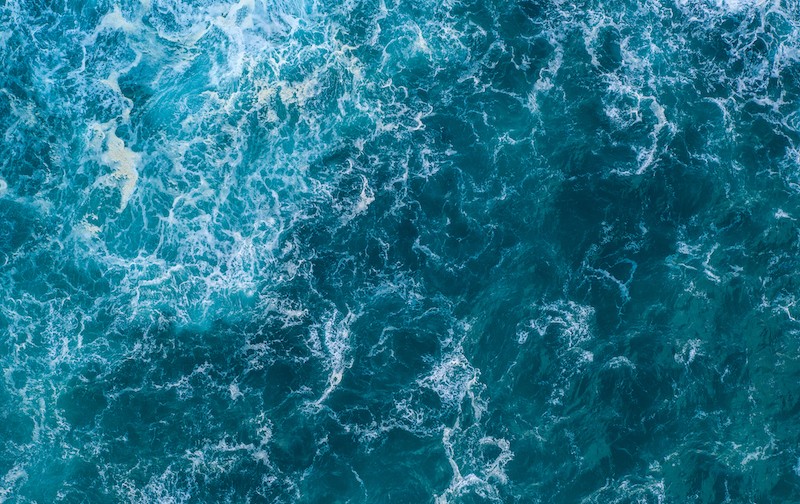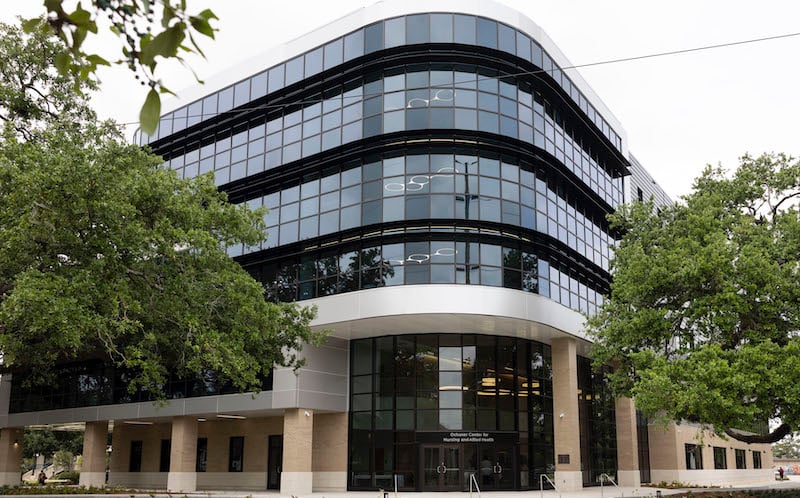News
UNO Professor’s Research Will Help Convert Water Currents to Electrical Power

NEW ORLEANS — From the University of New Orleans:
UNO engineering professor Nikolas Xiros imagines the impact his hydrokinetic energy research could have on a Louisiana coastal town whose electrical power grid has been decimated by a hurricane.
Xiros, whose expertise lies within the fields of marine and electromechanical systems engineering, is working on a system that will help convert vibrations from water currents into electricity.
“After the hurricane, if they don’t have power, maybe they can use this technology to have power until the power from the grid is restored,” said Xiros, who also is chair of UNO’s Bollinger School of Naval Architecture and Marine Engineering and a professor of electrical and computer engineering.
Xiros has been contracted by Vortex Hydro Entergy to create a Power Take Off (PTO) system that will be able to harness the power created by a device called the vortexed induced vibration for aquatic clean energy or VIVACE.
Researchers at the University of Michigan have developed the hydrodynamic part of the system, while Xiros’ task centers on designing a system to efficiently harness the electrical power created by the oscillatory motion of the VIVACE.
Xiros’ research and teaching activities encompass marine and ocean engineering process modeling and simulation, system identification, dynamics and control, reliability, signal, and data analysis with emphasis on propulsion, power, energy and renewables.
Researchers say the VIVACE converter can be placed in a river or ocean current to extract hydrokinetic energy from moving water and convert it into useable energy, such as electricity. The idea for the VIVACE is rooted in the naturally occurring vortex induced vibrations (VIV), a problem that engineers typically try to mitigate, Xiros said.
VIV are the resulting oscillating motions that a cylinder-shaped object makes when placed in moving water. The cylinder causes vortices to form—think of water swirling around a basin as it drains—resulting in the cylinder moving up and down or side to side.
The suspension bridge, known as Galloping Gertie, was built to be flexible and was known to sway in the wind. However, it collapsed just five months after completion due to vibration induced vortices that caused it to sway wildly and eventually break apart.
“You had a pattern of vortices in the wake downstream of the flow and that caused those oscillations,” Xiros said. “In most cases VIV is a curse.”
However, Xiros’ colleague, Michael Bernitsas, an engineering professor at the University of Michigan, decided to turn the vexing problem into a positive.
“He said, ‘OK, where there is a challenge, there is also an opportunity. What if I designed a system that is actually harvesting this energy and using it to produce electricity?’”
The VIVACE converter is an oscillating cylinder system that Michigan researchers have developed to create a VIV current.
Xiros’ Take Off System will be attached to the VIVACE and used to convert oscillatory motion into electricity.
“We’re harvesting some of this huge energy by using our Power Take Off System,” Xiros said. “The benefits for community resilience are they can have power even if the grid is down.
“Also, this is a renewable energy source that we can use even if the grid is available to generate power without any harmful effects to the environment.”


